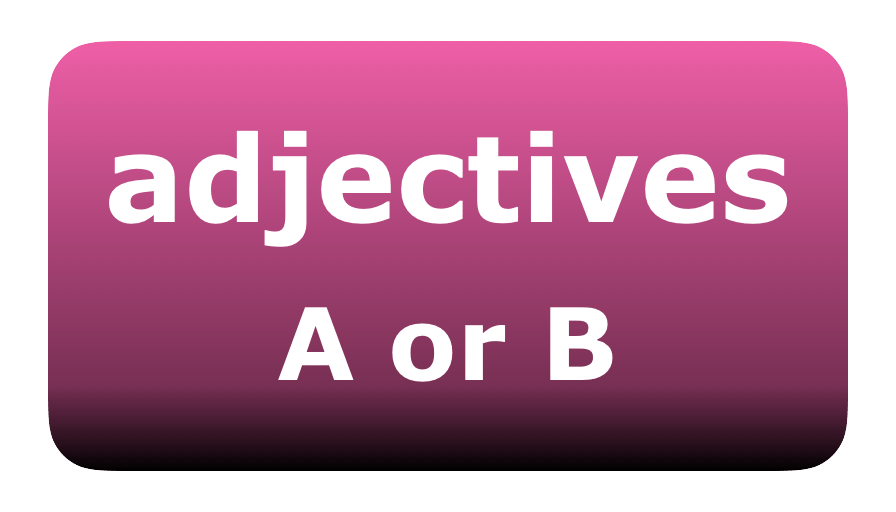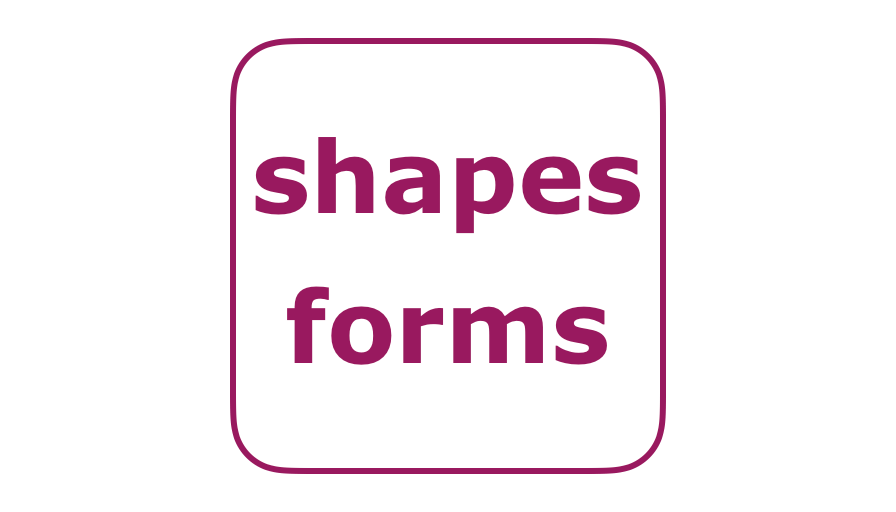High or low?
ものごとの状態を表すことば、形容詞(adjective)。反対の意味を持つことばとセットで使ってみましょう。
Adjectives describe the quality of things. 形容詞は、ものごとの状態、様子を表します。
Let’s focus on those that form pairs. 対になることばにフォーカスしてみよう。
A likely or unlikely scenario. ありうるシナリオ、ありえないシナリオ。
A clear or unclear statement. 明快な主張と、不明快な主張。




